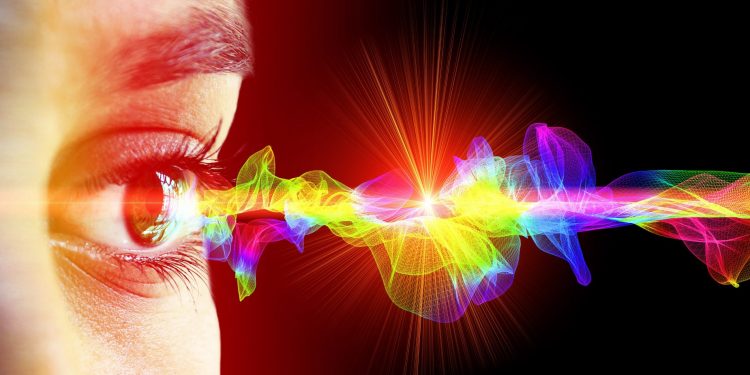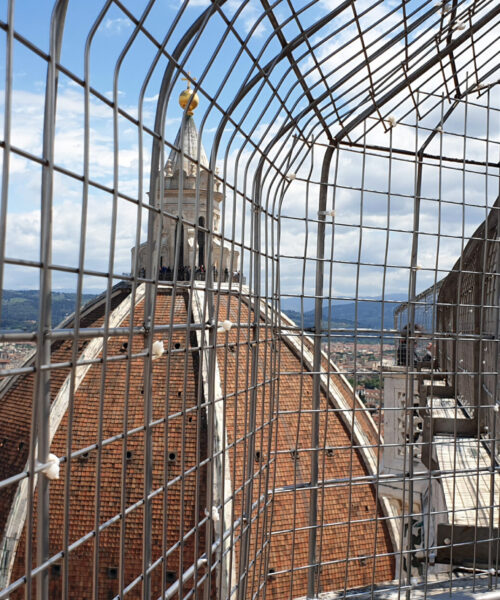La sinestesia è una straordinaria fusione di sensi, una danza neurologica che unisce esperienze sensoriali diverse in un’unica percezione. Questo fenomeno, lungi dall’essere solo un curioso miscuglio di sensazioni, ha influenzato profondamente il mondo dell’arte, soprattutto nell’ambito della pittura.
Definition and Types:
Before delving into the connections between synesthesia and painting, it’s useful to understand the various forms of this phenomenon. One of the most well-known forms is grapheme-color synesthesia, in which letters or numbers are perceived in specific colors. However, there are many other variants: some people can “see” sounds, others “taste” flavors when touching certain objects, or associate specific shapes with certain tactile sensations.
Synesthesia in the History of Art:
Several artists throughout history have been synesthetes, and this has deeply influenced their work. Wassily Kandinsky, for example, saw colors when he listened to music and sought to represent this experience in his abstract paintings. He believed that there were natural correspondences between colors and musical tones, and his canvases often aimed to capture the essence of a musical piece.
Painting as a Multisensory Experience:
Even if not all artists are synesthetes, many works of art can evoke synesthetic sensations in viewers. A vibrant painting with aggressive brushstrokes and contrasting colors might “sound” loud or “feel” rough to some, while a peaceful and harmonious scene might “feel” like a sweet and light melody. This suggests that painting, like music, has the power to communicate directly with our limbic system, the part of the brain responsible for emotions.
Synesthesia and Artistic Interpretation:
Synesthesia offers a unique lens through which to interpret art. When a synesthete looks at a painting, their multisensory reactions can provide a deep and personal understanding of the work. But even those who are not synesthetes can learn to “listen” to paintings, to “feel” textures, and to “taste” colors, thereby enriching their own aesthetic experience.
Conclusion:
The relationship between synesthesia and painting reminds us how interconnected our senses are and how this interconnection can enrich our perception of art. Each painting has a voice, a melody, and a texture to offer; it is up to us to tune into these frequencies and let them guide us on a multisensory journey.












